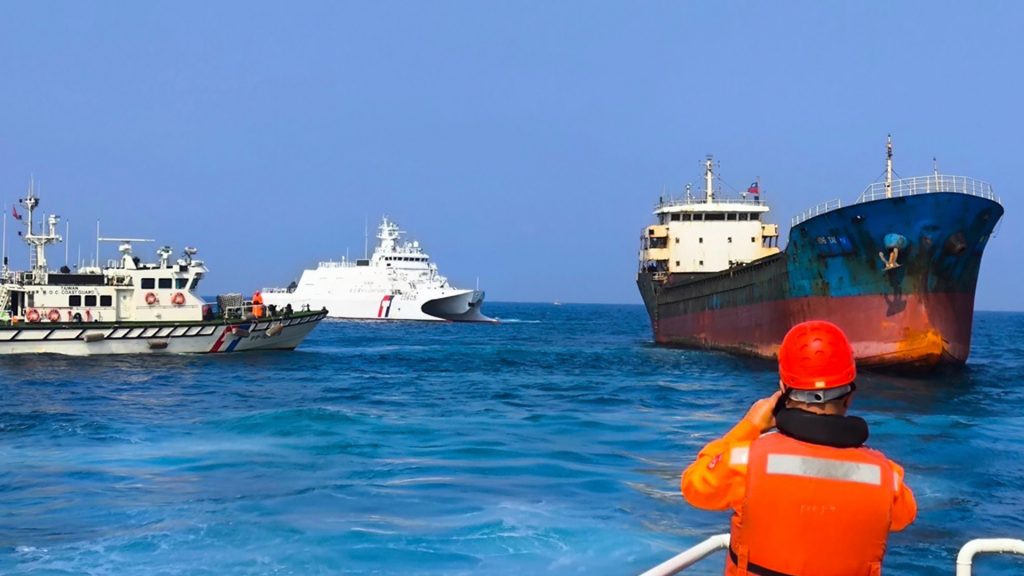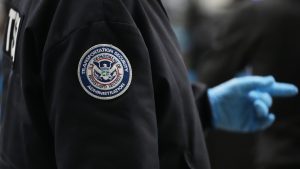Taiwan charges Chinese captain in first-ever undersea cable sabotage case
Ella Greene April 11, 2025 0
- Taiwan launched its first criminal case tied to undersea cable damage by charging a Chinese ship captain over a February incident. The case reflects escalating concerns over suspected sabotage near the island’s coast.
- Authorities claimed the vessel dropped anchor, disrupting vital internet infrastructure.
- Officials have since stepped up maritime surveillance as tensions rise between Taipei and Beijing.
Full Story
Taiwanese prosecutors charged a Chinese national for allegedly damaging an undersea cable off the island’s southwestern coast in February. It marked the first time Taiwan has pursued criminal action over such an incident.
Authorities claimed the man, identified only by his surname Wang, served as the captain of the Hong Tai 58, a ship operated by Chinese nationals and registered in Togo.
Taiwanese officials detained the ship after suspecting it had dropped anchor near a communication cable, causing physical damage, the Tainan District Prosecutors Office said. Prosecutors said Wang refused to cooperate with the investigation and declined to identify the ship’s owner.
Authorities also detained seven other Chinese crew members but will repatriate them without filing charges.
What role do undersea cables play in Taiwan’s security?
Taiwan’s digital ministry reported five undersea cable malfunctions this year, up from three in 2023 and 2024. These cables form critical infrastructure for internet and communications across the island and with the outside world.
Following the recent damage, Taiwan’s coast guard increased surveillance efforts and now monitors a list of nearly 100 China-linked vessels suspected of operating under foreign flags. Officials believe Chinese entities control many of the ships on the list, even though they are registered in third countries.
How has China responded to the prosecution?
Beijing’s Taiwan Affairs Office has not formally commented on the charges, but Chinese officials have previously accused Taiwan of politicizing the situation. China denied any role in earlier undersea cable damage and suggested that Taiwan made premature assumptions without verified evidence.
What is the broader context behind the cable disruptions?
Taiwan has linked the cable damage to a broader pattern of what it describes as “grey zone” tactics by China—actions designed to create pressure without triggering direct military conflict. These tactics have included sand dredging near Taiwanese waters, aerial surveillance balloons, and frequent military exercises.
Taipei officials suspected a different Chinese-linked ship of damaging another undersea cable off northern Taiwan earlier this year. That incident also led authorities to bolster naval and intelligence cooperation to protect maritime communication lines.
Are the incidents connected to regional security concerns?
Taiwan’s government has compared recent cable damage to similar sabotage cases in the Baltic Sea, which Western officials attributed to Russian activity following Russia’s invasion of Ukraine. While Taipei has not directly linked the incidents to espionage or state-sponsored sabotage, it has expressed growing concern over vulnerabilities in its undersea infrastructure amid rising regional tensions.
China continues to claim Taiwan as part of its territory, a position the Taiwanese government rejects. In parallel with maritime incidents, Taiwan’s defense ministry reported the presence of Chinese military aircraft and accompanying naval vessels near its airspace, part of a coordinated combat readiness drill.
Ella Rae Greene, Editor In Chief
Ella Greene
Ella and the staff at Clear Media Project (CMP) curate these articles.
Unless otherwise noted CMP does not write these articles.
The views, thoughts, and opinions expressed in the articles published on this blog belong solely to the original authors and do not necessarily reflect the views of the blog owner. The blog owner does not claim ownership of the content shared by contributors and is not responsible for any inaccuracies, errors, or omissions.
All rights and credits goes to its rightful owners. No Copyright Infringement is intended. If you believe any content infringes on your rights, please contact us for review and potential removal.





